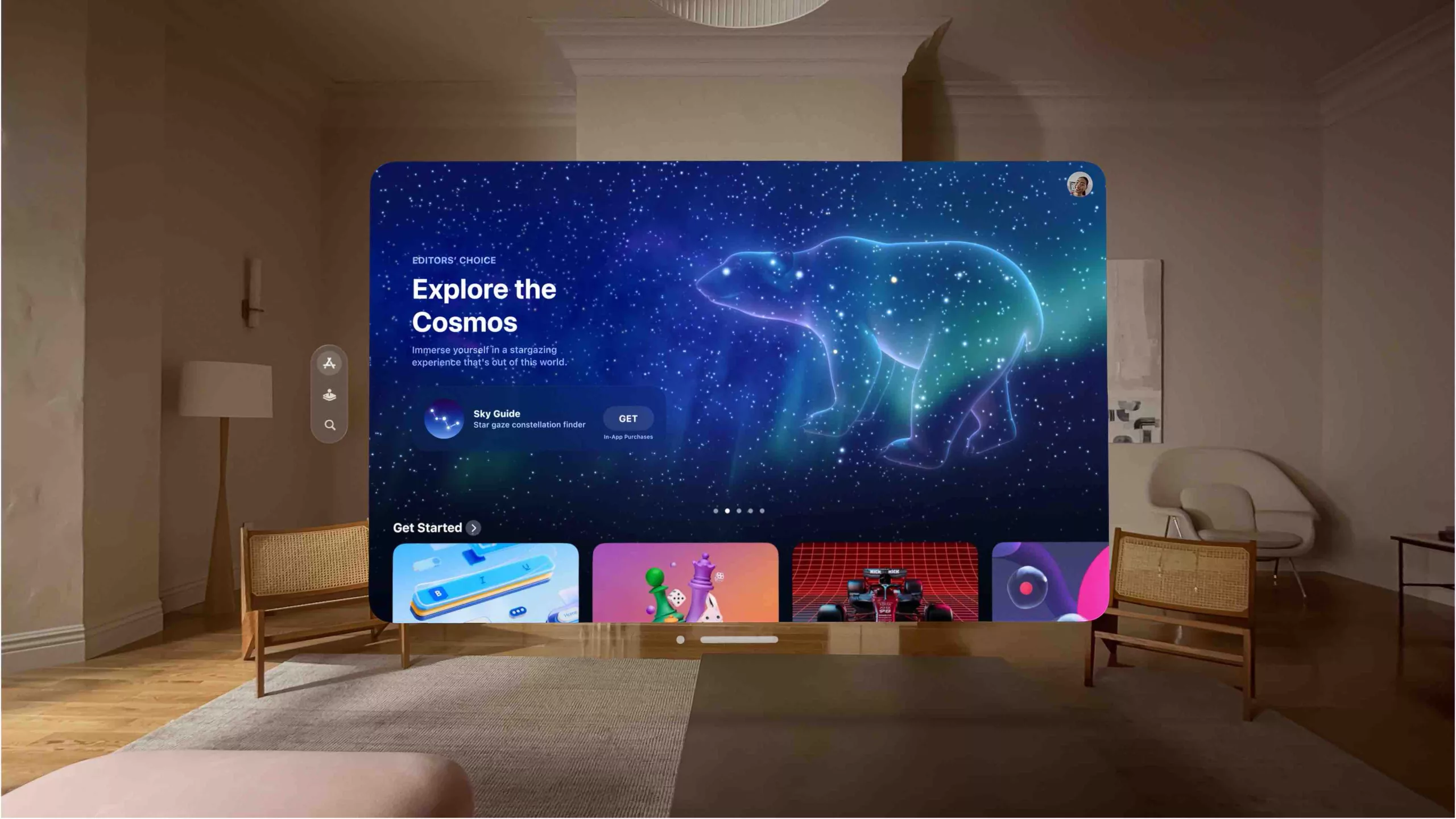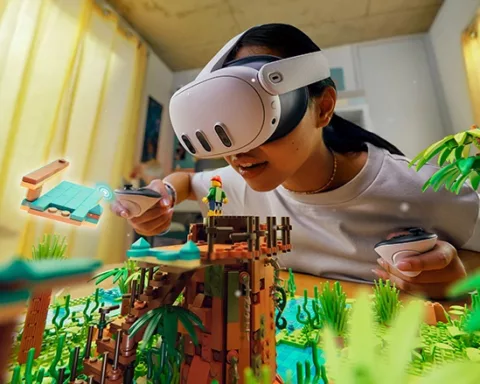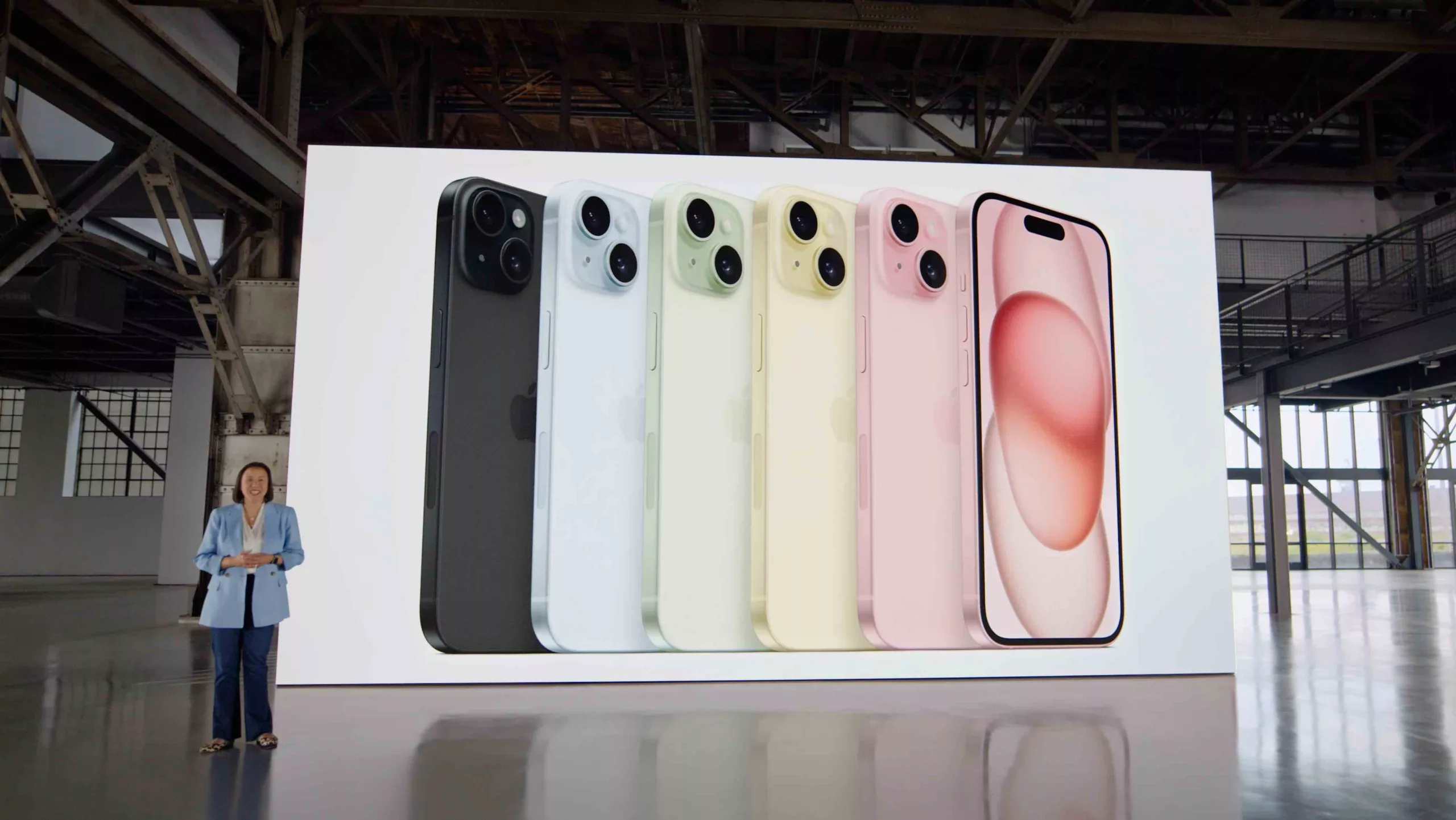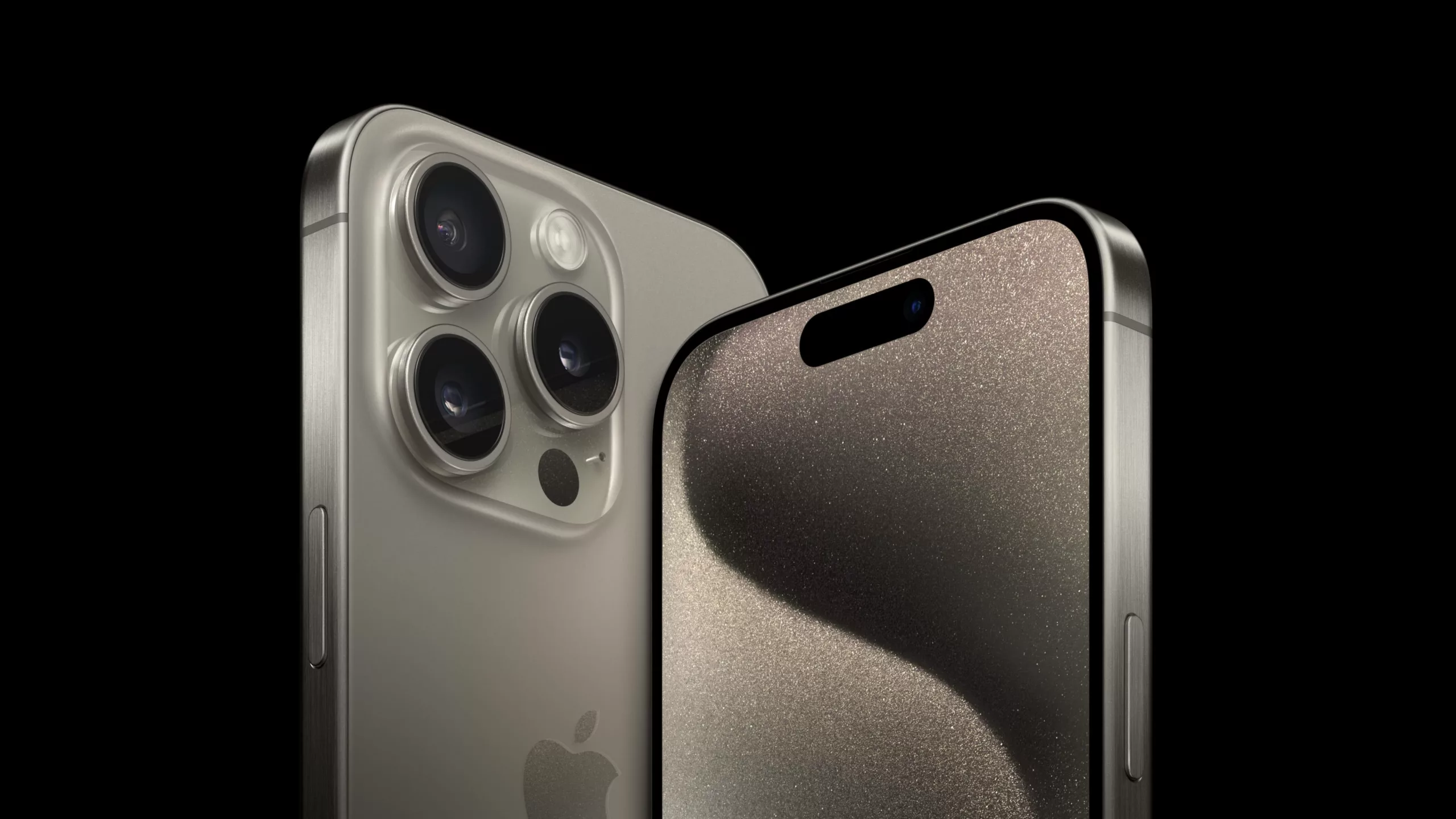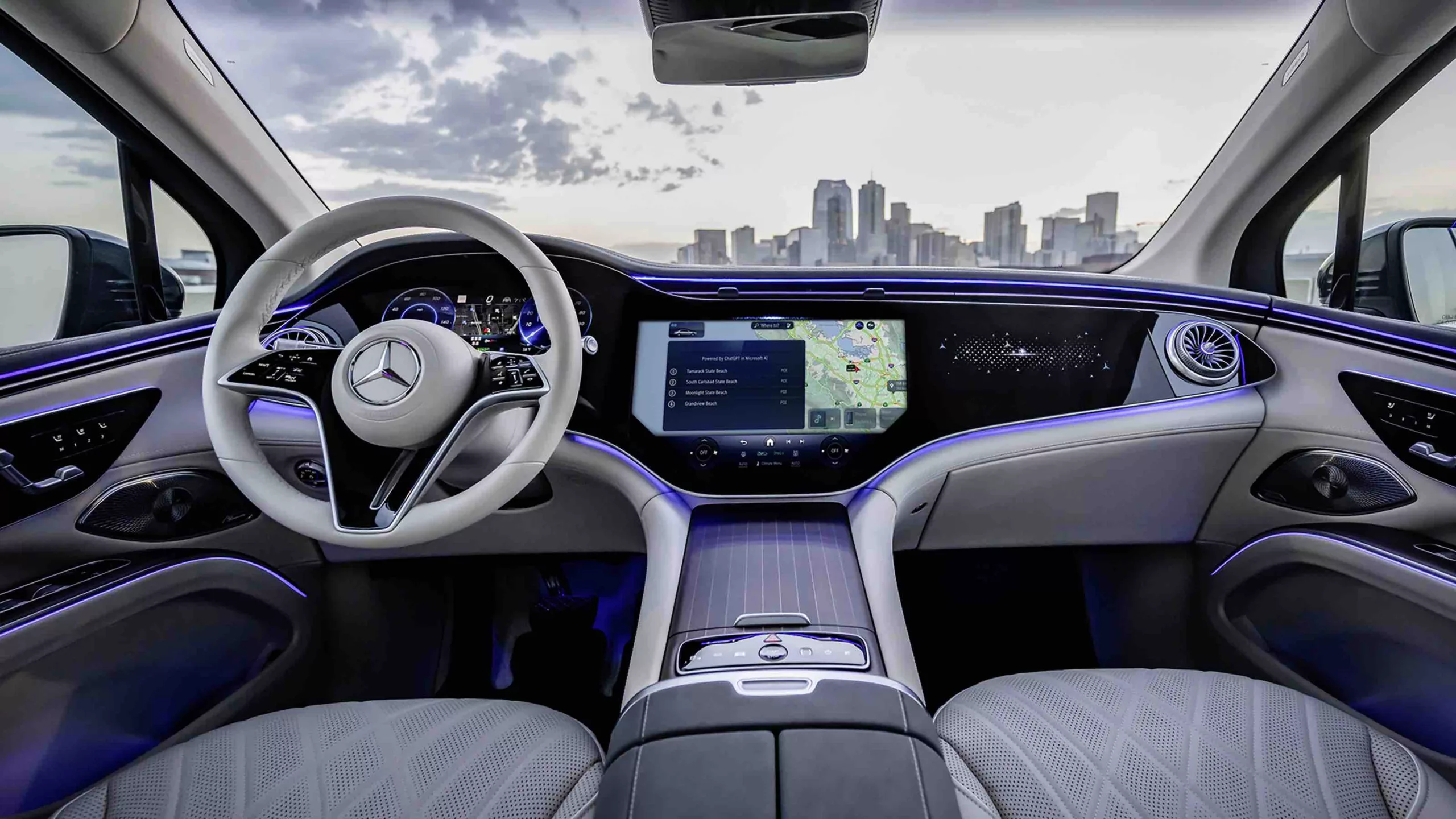In the rapidly evolving world of augmented reality (AR) and virtual reality (VR), tech giants Apple and Meta are charting divergent paths. This is the perspective independent analyst Benedict Evans offered in his recent analysis focusing on Apple’s new Vision Pro device.
According to Evans, Apple’s Vision Pro is not primarily a VR device; it’s an AR device. This distinction, Evans argues, represents a significant shift in the narrative of AR and VR technology. Unlike other VR devices, the Vision Pro doesn’t transport you to another world; instead, you look through it.
Priced at $3,500, the Vision Pro is a significant investment compared to other consumer electronics on the market. Evans points out that Apple has decided that the capabilities of the Vision Pro, which include a screen so good you can’t see the pixels, pass-through with no discernible lag, perfect eye-tracking, and perfect hand-tracking, represent the minimum viable product for an AR device.
Evans contrasts this approach sharply with Meta’s strategy. While Meta is working towards creating the right device at the right price, Evans notes that Apple has started with what they believe is the right device and is working back to the right price. Meta is trying to catalyze an ecosystem while we wait for the right hardware, while Apple is trying to catalyze an ecosystem while we wait for the right price.
Evans compares the Vision Pro and the original Macintosh, which launched in 1984 at a price equivalent to over $7,000 today when most people didn’t even know why they needed a computer. According to Evans, this comparison highlights the boldness of Apple’s strategy and its willingness to push the boundaries of technology.
Evans suggests that the current state of AR and VR is similar to the mobile industry two decades ago, gradually improving with the potential for a breakout moment. The Vision Pro represents a significant leap forward in AR and VR technology, but it’s a leap that comes with a hefty price tag and a host of unanswered questions.
As the AR and VR landscape continues to evolve, Evans posits that it will be interesting to see how the contrasting strategies of Apple and Meta shape the future of these technologies. Will the high-end, high-price approach of Apple’s Vision Pro prevail, or will Meta’s strategy of creating the right device at the right price prove more successful? Only time will tell.
Featured Image Credit: Apple
